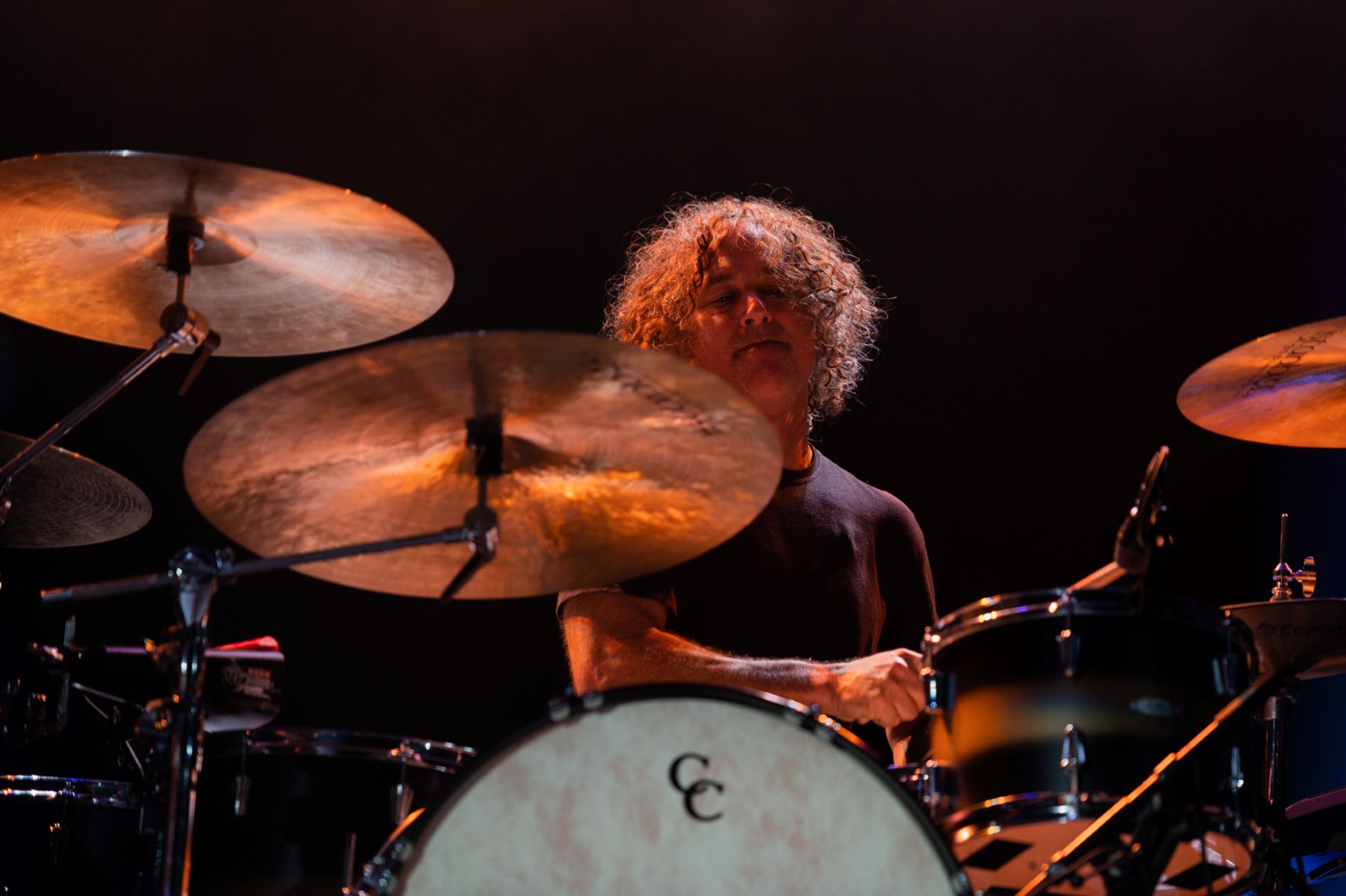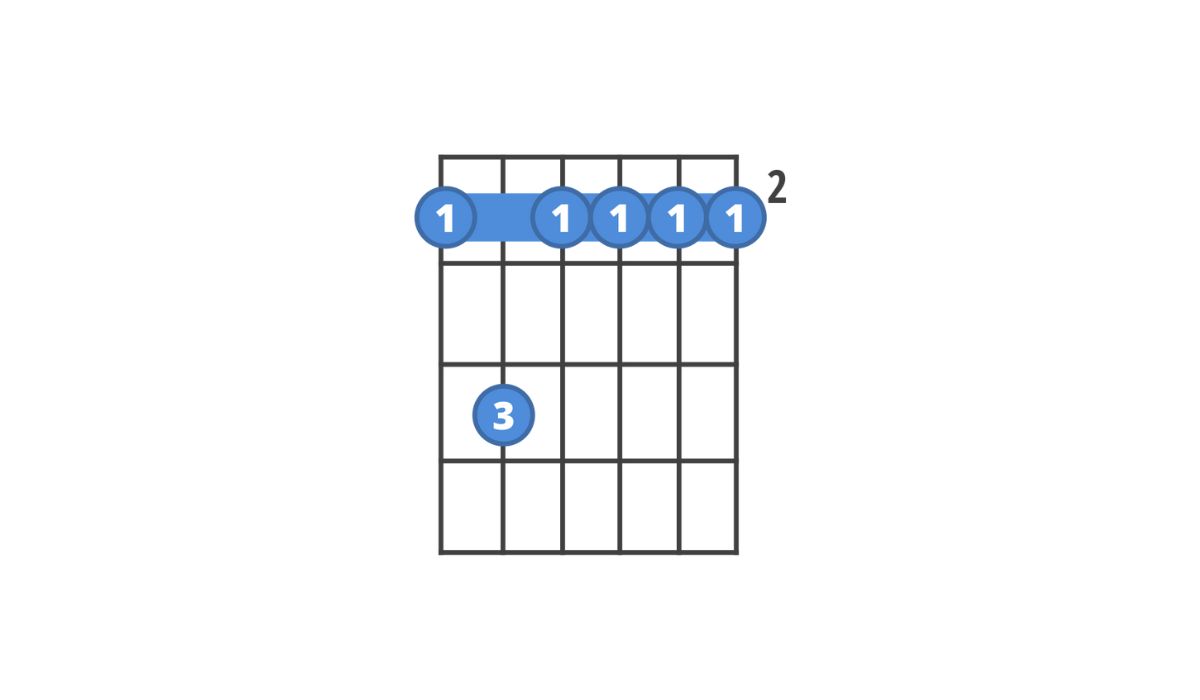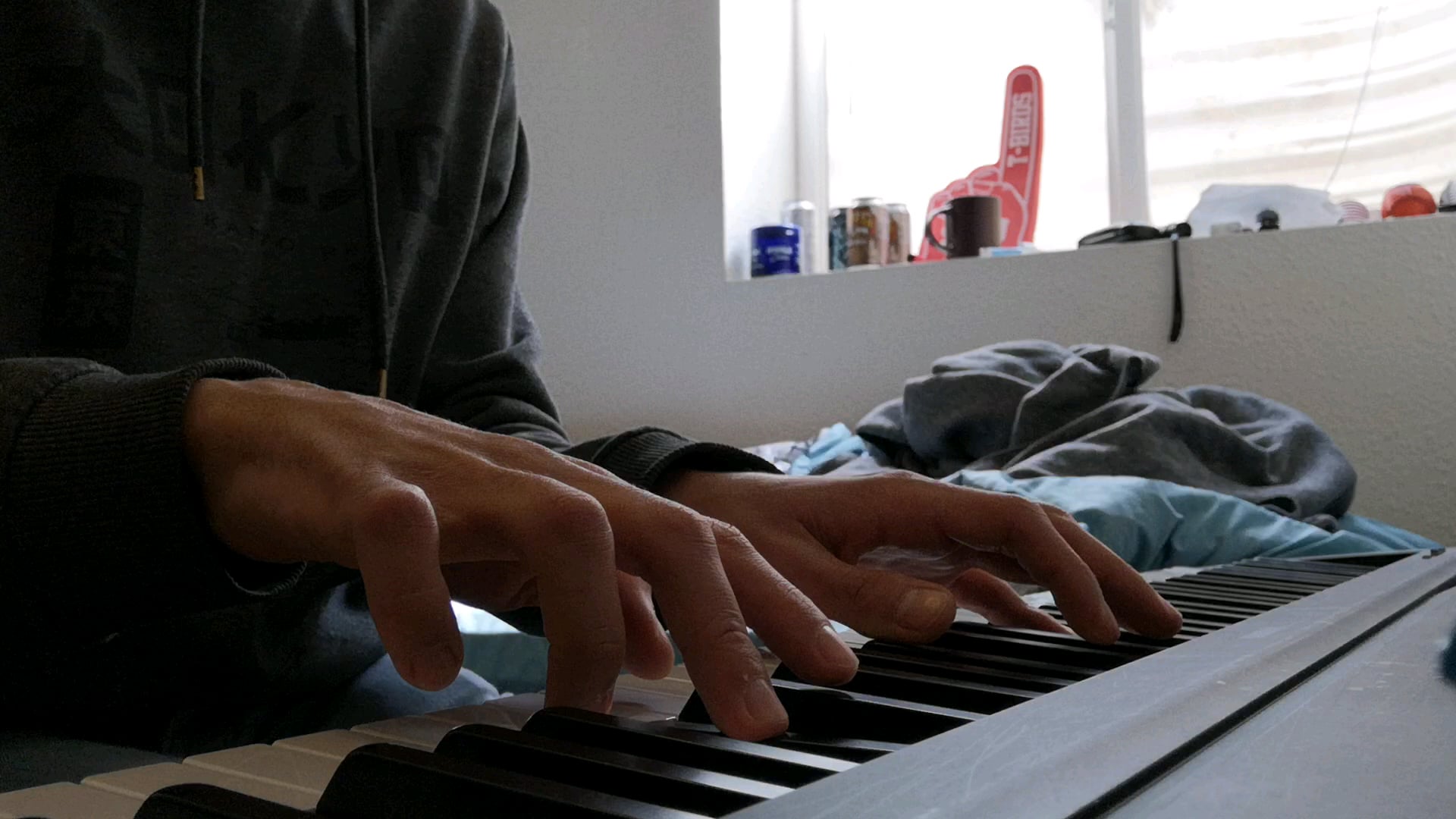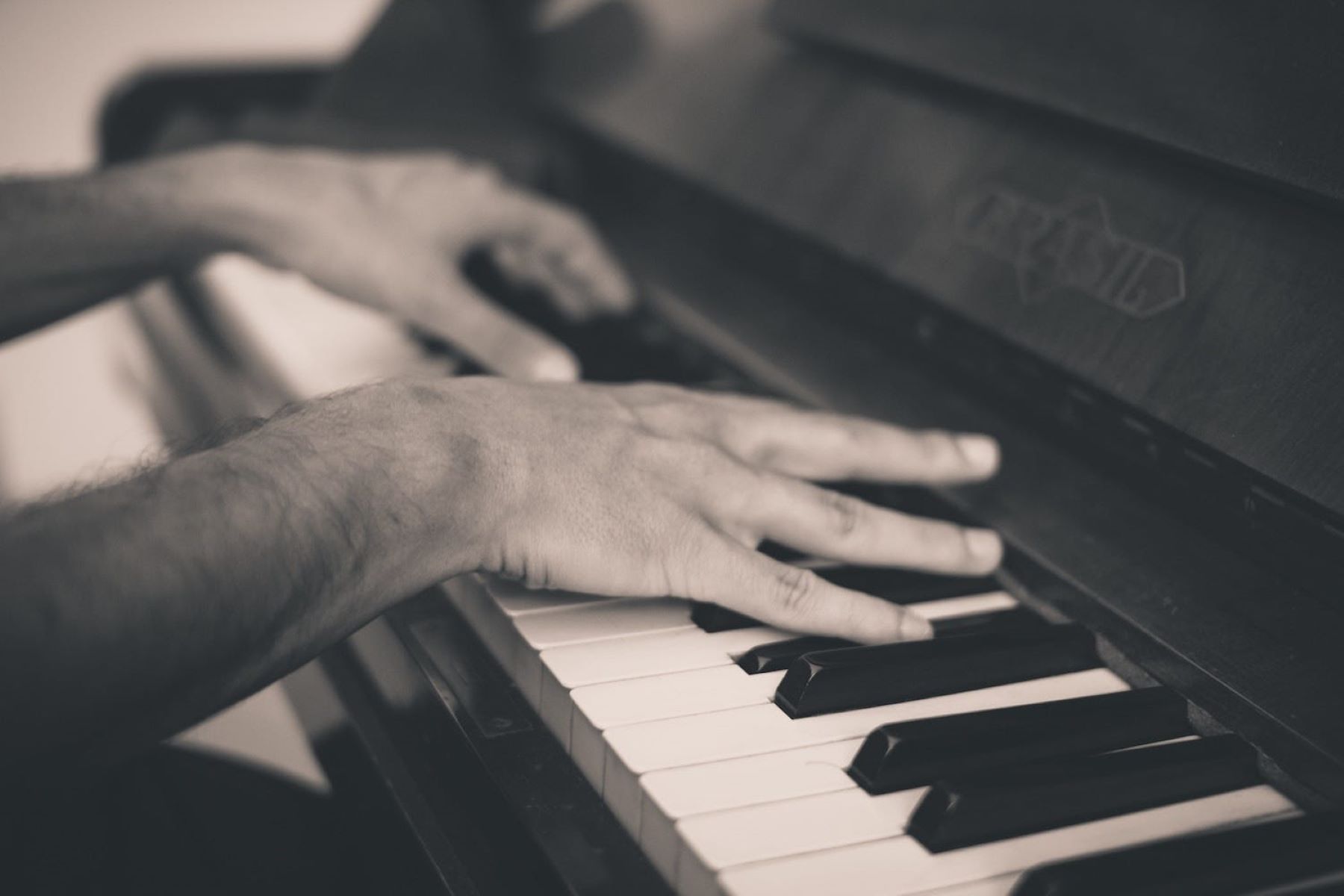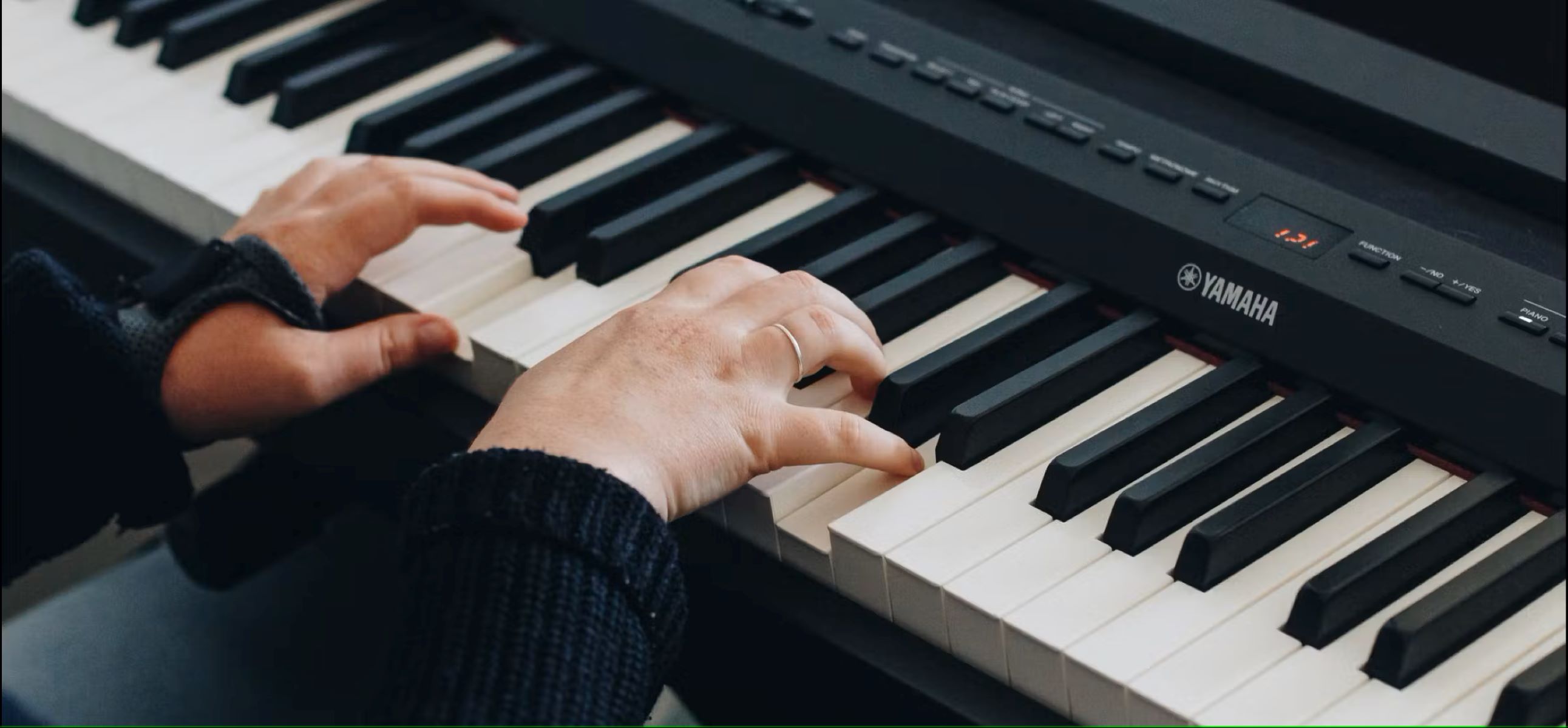Home>Instruments>Piano>How To Play D7 On Piano


Piano
How To Play D7 On Piano
Published: February 11, 2024
Learn how to play the D7 chord on the piano with our step-by-step guide. Master the piano and impress your audience.
(Many of the links in this article redirect to a specific reviewed product. Your purchase of these products through affiliate links helps to generate commission for AudioLover.com, at no extra cost. Learn more)
Table of Contents
Introduction
Playing the piano is a delightful journey that allows individuals to express their emotions through the enchanting sound of music. One of the foundational elements of piano playing is mastering chords, which are a combination of three or more notes played simultaneously. In this article, we will delve into the intricacies of playing the D7 chord on the piano.
The D7 chord is a vital component in the repertoire of every pianist, adding richness and depth to musical compositions. Understanding how to play the D7 chord opens up a world of musical possibilities, enabling pianists to create captivating melodies and harmonies. Whether you are a novice eager to expand your piano skills or an experienced player seeking to refine your techniques, mastering the D7 chord is an essential step in your musical journey.
In the following sections, we will explore the nuances of the D7 chord, including its composition and significance in piano playing. Additionally, we will provide detailed guidance on positioning your hands and playing the D7 chord with finesse. Furthermore, we will offer valuable practice tips to facilitate your proficiency in incorporating the D7 chord into your musical repertoire.
Embark on this enriching musical expedition as we unravel the art of playing the D7 chord on the piano. Whether you aspire to serenade an audience or simply derive joy from creating beautiful melodies, mastering the D7 chord will undoubtedly elevate your piano playing prowess. Let's embark on this harmonious journey and unlock the melodious potential of the D7 chord.
Understanding the D7 Chord
Before delving into the physical aspects of playing the D7 chord on the piano, it is essential to grasp the theoretical foundation of this harmonic structure. The D7 chord is classified as a dominant 7th chord, denoted by the letter “D” followed by the numeral “7.” This designation signifies that the chord is built upon the root note of D and includes the interval of a dominant 7th, which is a major third combined with a minor seventh.
The D7 chord comprises the following notes: D, F#, A, and C. The root note, D, serves as the foundational tone from which the chord emanates. The note F# represents the major third, while A contributes the perfect fifth. Lastly, the note C functions as the minor seventh, infusing the chord with its distinctive tonal quality.
When played in succession, these notes produce a harmonious blend that conveys a sense of tension and resolution, characteristic of dominant 7th chords. The D7 chord is frequently employed in various musical genres, including classical, jazz, blues, and pop, due to its versatile and expressive nature.
Understanding the construction and musical properties of the D7 chord is pivotal in harnessing its emotive potential during piano performances. This comprehension empowers pianists to leverage the unique sound and character of the D7 chord to evoke specific moods and evoke emotional responses within their musical compositions.
As we unravel the intricacies of the D7 chord, it becomes evident that this harmonic entity embodies a rich tapestry of musical expression, poised to enhance the sonic landscape of piano playing. With a firm grasp of the theoretical underpinnings of the D7 chord, pianists are primed to embark on a melodic odyssey that celebrates the artistry and allure of this captivating harmonic structure.
Positioning Your Hands
Efficient hand positioning is fundamental to mastering the D7 chord on the piano. Proper hand placement not only facilitates the seamless execution of the chord but also minimizes strain and fatigue, allowing for sustained and comfortable playing. When preparing to play the D7 chord, it is imperative to adopt an ergonomic hand posture that optimizes dexterity and control.
Begin by seating yourself at the piano with a straight posture, ensuring that your arms are parallel to the floor. Position yourself at a comfortable distance from the keys, allowing for unrestricted movement of your hands and fingers. As you approach the piano, maintain a relaxed and natural curvature in your fingers, avoiding any unnecessary tension or stiffness.
When playing the D7 chord, your right hand will typically be responsible for executing the notes D, F#, and A, while the left hand will play the note C. To assume the proper hand position for the D7 chord, position your right hand such that your thumb rests on the note D, your middle finger on the note F#, and your pinky finger on the note A. Simultaneously, position your left hand to play the note C, typically with your pinky finger.
As you align your fingers with the corresponding notes, ensure that your hand maintains a gentle arch, allowing for easy reach and articulation of the individual notes. The fingers should be poised directly above their designated keys, ready to exert controlled pressure to produce clear and resonant sounds. Additionally, maintain a relaxed and supple wrist, avoiding any unnecessary tension that may impede fluid movement and agility.
By adopting a balanced and ergonomic hand position, pianists can optimize their technical proficiency and cultivate a nuanced understanding of the D7 chord. This foundational aspect of piano playing lays the groundwork for executing the chord with precision and finesse, setting the stage for captivating musical performances that showcase the expressive potential of the D7 chord.
Embrace the art of hand positioning as an integral component of your musical journey, as it empowers you to navigate the keyboard with grace and confidence, unlocking the evocative allure of the D7 chord with every deftly executed keystroke.
Playing the D7 Chord
As you embark on the enchanting endeavor of playing the D7 chord on the piano, it is essential to approach the execution of this harmonic gem with precision and artistry. The D7 chord, comprising the notes D, F#, A, and C, exudes a compelling blend of tension and resolution, infusing musical compositions with evocative depth and character.
To play the D7 chord, begin by assuming the appropriate hand position, as outlined in the preceding section. With your right hand poised to play the notes D, F#, and A, and your left hand ready to strike the note C, align your fingers with the corresponding keys, maintaining a relaxed and arched hand posture to facilitate effortless movement and articulation.
Once your hands are positioned, gently exert pressure on the designated keys to produce a harmonious fusion of the D7 chord’s constituent notes. Ensure that each note is struck with clarity and resonance, allowing the distinct tonal qualities of D, F#, A, and C to reverberate in unison, creating a captivating sonic tapestry that embodies the essence of the D7 chord.
As you play the D7 chord, pay close attention to the evenness of the sound produced by each note. Strive for a balanced and consistent tonal output, ensuring that no individual note overpowers the others. This harmonious equilibrium contributes to the allure of the D7 chord, captivating listeners with its seamless amalgamation of musical elements.
Furthermore, consider the timing and duration of the D7 chord within the context of a musical piece. Whether employed as a transitional chord or as a focal point in a melodic progression, the D7 chord carries inherent emotive weight, capable of evoking a spectrum of feelings, from anticipation to resolution, within a musical composition.
As you acquaint yourself with the intricacies of playing the D7 chord, embrace the opportunity to imbue each rendition with your unique artistic interpretation. Experiment with variations in dynamics and articulation, allowing your expressive nuances to imbue the D7 chord with depth and emotive resonance.
By approaching the execution of the D7 chord with attentiveness and artistry, pianists can harness the captivating allure of this harmonic entity, infusing their musical performances with the evocative essence of the D7 chord.
Practice Tips
Mastering the D7 chord on the piano requires dedicated practice and a strategic approach to skill development. Incorporating the following practice tips into your musical regimen will enhance your proficiency in playing the D7 chord and elevate your overall piano playing prowess.
- Consistent Repetition: Devote focused practice sessions to repeatedly playing the D7 chord, allowing your muscle memory to solidify the hand movements required for seamless execution. Regular repetition fosters familiarity and fluency, enabling you to effortlessly transition into and out of the D7 chord within musical compositions.
- Metronome Practice: Utilize a metronome to cultivate rhythmic precision when playing the D7 chord. Practice at varying tempos, gradually increasing the speed as your comfort level and proficiency improve. This systematic approach enhances your ability to integrate the D7 chord seamlessly into diverse musical contexts.
- Chord Progression Exploration: Experiment with incorporating the D7 chord into different chord progressions, allowing for a comprehensive understanding of its harmonic interactions within diverse musical frameworks. By exploring its role in various progressions, you expand your musical versatility and deepen your appreciation for the expressive potential of the D7 chord.
- Dynamic Expression: Focus on infusing the D7 chord with dynamic expression, varying the intensity and articulation of each note to convey nuanced emotions within your musical interpretations. Embrace the subtleties of pianissimo and fortissimo dynamics, imbuing the D7 chord with evocative tonal contrasts.
- Ear Training: Engage in active listening and ear training exercises to develop a keen sense of tonal recognition and chord quality assessment. Familiarize yourself with the distinctive sound of the D7 chord, honing your ability to identify and reproduce its tonal characteristics with precision.
By integrating these practice tips into your musical routine, you will fortify your command over the D7 chord, unlocking its expressive potential and integrating it seamlessly into your repertoire. Embrace the journey of skill refinement with patience and dedication, knowing that each practice session brings you closer to mastering the captivating allure of the D7 chord on the piano.
Conclusion
Embarking on the journey to master the D7 chord on the piano unveils a world of musical expression and artistic exploration. Through a harmonious blend of theoretical understanding, technical finesse, and creative interpretation, pianists can harness the emotive allure of the D7 chord, infusing their musical compositions with depth and resonance.
As we conclude this exploration of the D7 chord, it is evident that this harmonic entity transcends its foundational notes of D, F#, A, and C, to embody a symphony of tension, resolution, and evocative allure. The D7 chord resonates across diverse musical genres, from the soulful cadences of jazz to the emotive refrains of classical compositions, enriching musical landscapes with its expressive potential.
Mastering the D7 chord extends beyond technical proficiency; it encapsulates a journey of artistic discovery, inviting pianists to imbue each rendition with their unique emotive imprint. The D7 chord becomes a canvas for creative expression, inviting pianists to weave captivating narratives and evoke poignant emotions through its resonant harmonies.
As you continue to hone your piano playing skills, may the artistry of the D7 chord inspire you to craft melodic tapestries that resonate with the hearts of listeners. Embrace the nuances of hand positioning, the finesse of execution, and the depth of expression as you immerse yourself in the enchanting world of the D7 chord.
With each practiced keystroke, may the allure of the D7 chord kindle a profound appreciation for the transformative power of music, igniting a passion that reverberates through every note and melody. Embrace the harmonious odyssey that unfolds before you, and let the D7 chord be a testament to the captivating journey of musical mastery.

